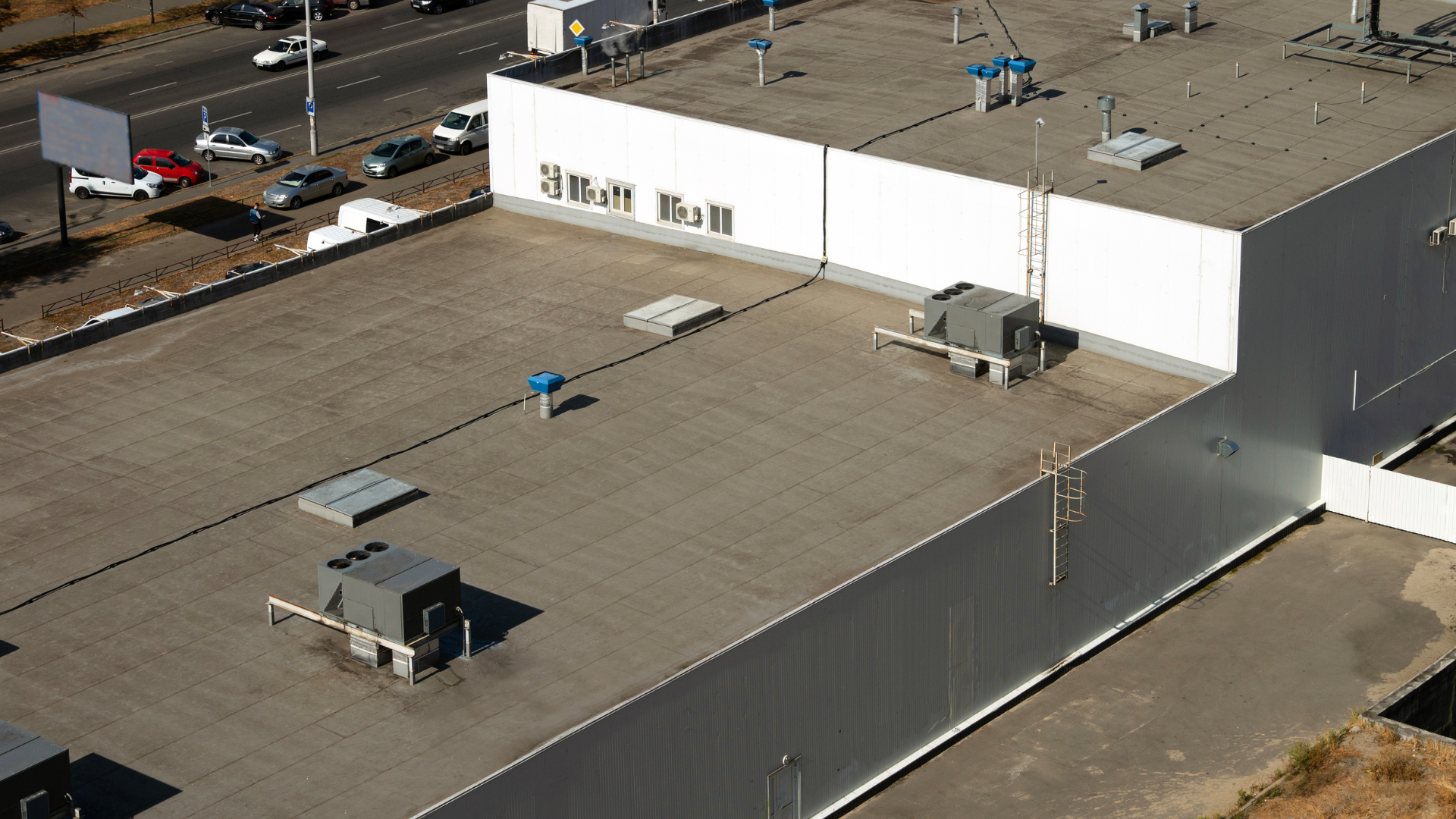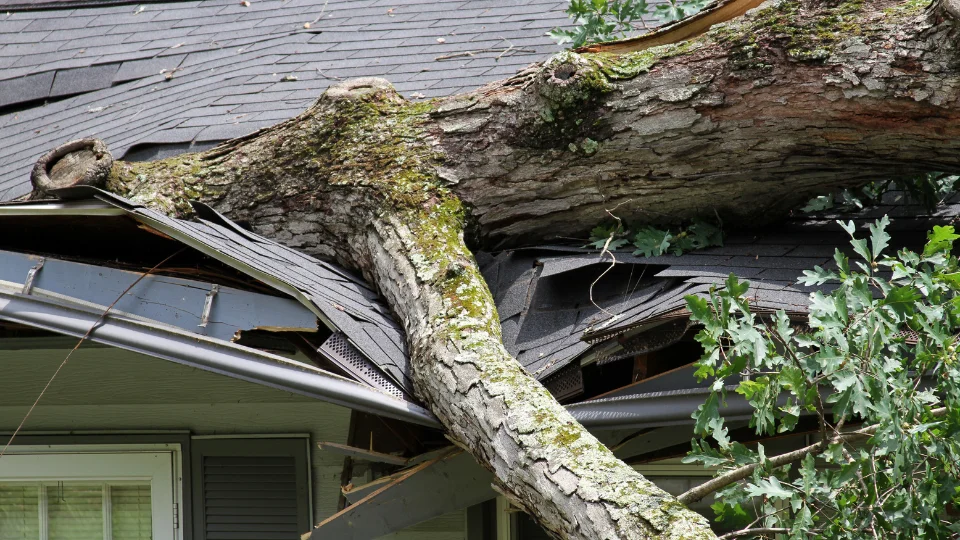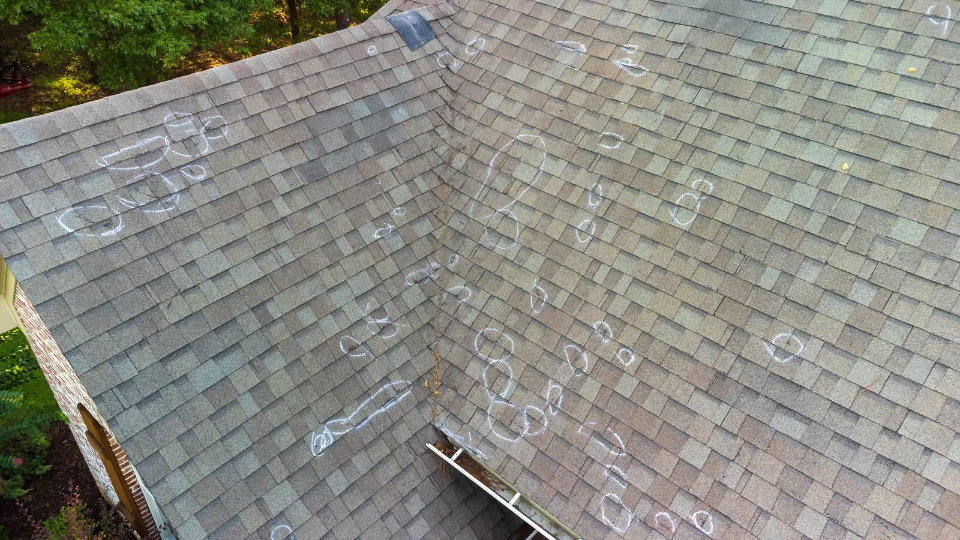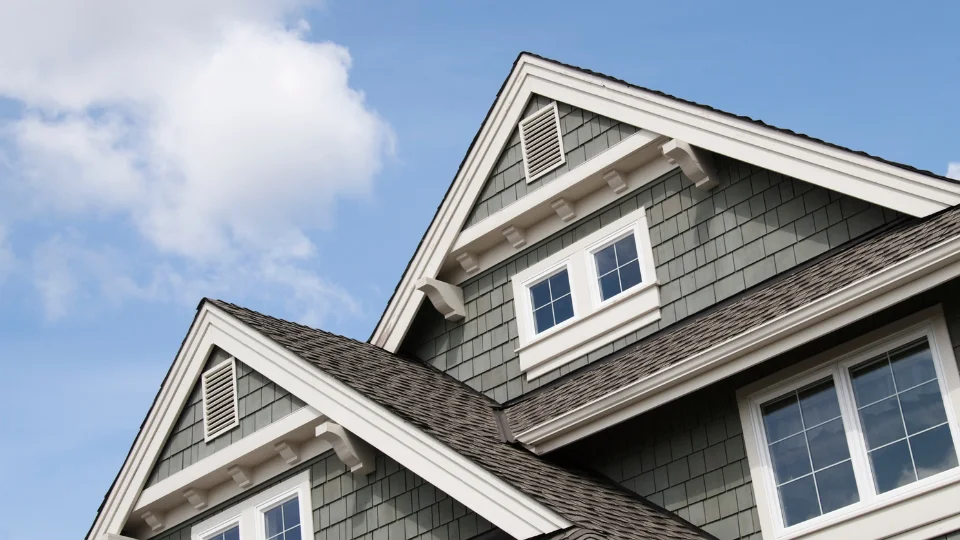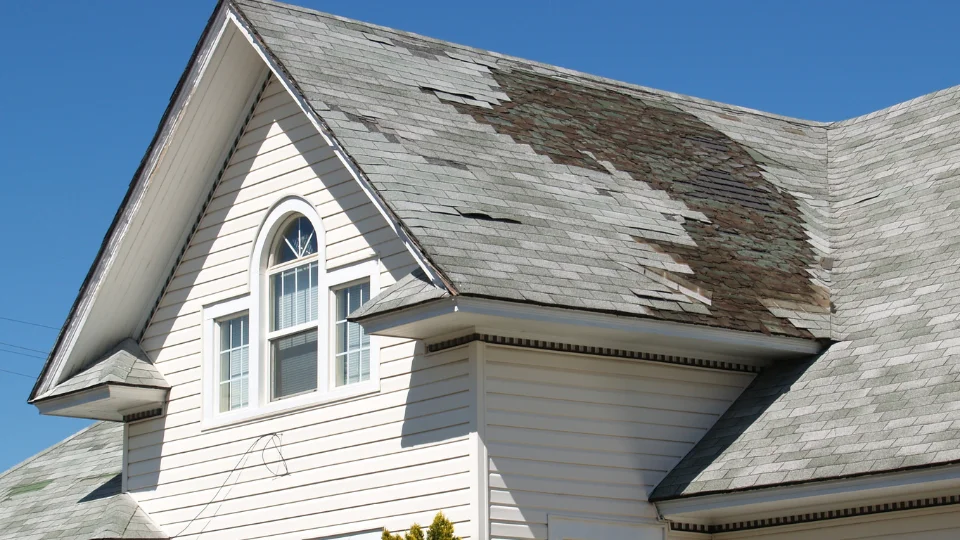Your commercial building’s roof plays a critical role in protecting your property, but it often doesn’t get the attention it deserves. Routine commercial roof inspections are essential to catch issues before they escalate into costly repairs or major disruptions. Yet, many building owners overlook this crucial step.
This guide will walk you through what to look for during a commercial roof inspection. By understanding the process, you’ll be better equipped to maintain the integrity and longevity of your roofing system.
Key Components of a Commercial Roof Inspection
A comprehensive commercial roof inspection evaluates three main areas: exterior components, interior components, and rooftop equipment. Advanced techniques such as infrared moisture scans and drone inspections can enhance the precision and depth of these evaluations.
1. Exterior Components
The exterior of your roof is the first line of defense against environmental factors. During an inspection, professionals focus on identifying signs of wear and tear, structural stress, and potential vulnerabilities.
- Roofing Material: Inspectors check for cracks, blisters, or punctures in the roofing material, which may signal underlying problems.
- Seams and Flashings: These areas are prone to gaps and deterioration, making them common sources of leaks. Inspectors verify that all seams and flashings are securely sealed.
- Waterproofing Layers: The condition of waterproof membranes is examined to ensure they are effectively protecting the building from water intrusion.
- Drainage Systems: Proper drainage is critical. Clogged or damaged gutters and downspouts can lead to standing water, increasing the risk of leaks and structural damage.
- Rooftop Equipment: HVAC units, vents, and other installations are inspected to ensure they’re properly sealed and supported.
A thorough exterior inspection helps maintain the roof’s integrity while preventing costly damage to the building.
2. Interior Components
The inside of your building often holds clues about your roof’s condition. Inspectors look for signs of water intrusion or structural issues that may originate from roof problems.
- Walls and Ceilings: Water stains, discoloration, or peeling paint are common indicators of a roof leak.
- Insulation: Inspectors assess insulation for dampness, mold, or other damage that can affect energy efficiency and indoor air quality.
- Structural Elements: Rafters, beams, and trusses are checked for signs of wear, sagging, or cracks that might signal stress on the roof.
Identifying and addressing interior issues promptly helps prevent further damage to the building’s structure and ensures a safe environment for occupants.
3. Rooftop Equipment
Rooftop equipment is a vital part of many commercial buildings, but it can also pose risks if not properly maintained. During an inspection, professionals evaluate the condition and installation of this equipment.
- Secure Mounting: HVAC systems, satellite dishes, and antennas must be securely mounted to avoid damaging the roofing material.
- Waterproofing: Flashings and seals around rooftop installations are inspected to prevent water intrusion.
- Utilities: Pipes and other utilities are checked to ensure they’re not causing unnecessary stress on the roof.
Properly maintained rooftop equipment not only extends the life of your roof but also ensures the safety and functionality of your building.
Advanced Inspection Techniques
Modern technology has revolutionized commercial roof inspections, making the process more efficient and precise.
Infrared Moisture Scans
Infrared moisture scans use thermal imaging to detect hidden moisture within the roofing system. By identifying temperature variations, these scans can pinpoint water intrusion that isn’t visible to the naked eye.
This non-invasive method provides building owners with detailed insights, allowing for proactive maintenance and timely repairs.
Drone Inspections
Drones equipped with high-resolution cameras allow inspectors to access hard-to-reach areas of the roof. This technology reduces safety risks, speeds up the inspection process, and provides comprehensive visual data.
Drone inspections are particularly useful for identifying damage in large or complex roofing systems, ensuring nothing is overlooked.
Common Issues Identified During Inspections
A thorough inspection often uncovers a variety of issues, some of which may require immediate attention.
Moisture Intrusion
Water infiltration is one of the most common and serious problems detected during inspections. Left unchecked, moisture can weaken the roof’s structure, promote mold growth, and lead to costly repairs.
Using tools like infrared moisture scans, inspectors can detect early signs of water penetration, enabling timely intervention.
Structural Damage
Structural issues, such as sagging or cracking, often stem from heavy snow, water pooling, or aging materials. Addressing these problems promptly is critical to maintaining the safety and stability of the building.
Wear and Tear
Over time, roofing materials degrade due to exposure to weather and environmental factors. Routine inspections help identify areas showing significant wear, allowing for targeted repairs before they worsen.
The Importance of Regular Inspections
Neglecting regular inspections can result in:
- Expensive repairs due to undetected damage.
- Reduced lifespan of your roofing system.
- Non-compliance with building codes and warranties.
In contrast, scheduling inspections at least twice a year—ideally in spring and fall—helps maintain your roof’s integrity, supports long-term cost savings, and ensures your building remains safe and functional.
Partner with Professionals for Your Roof Inspections
While some maintenance tasks can be handled in-house, a professional inspection ensures a thorough evaluation using advanced techniques and industry expertise. Roofing contractors bring:
- Specialized Tools: Infrared cameras, drones, and other equipment to detect hidden issues.
- Safety Training: Expertise in navigating rooftops and identifying potential hazards.
- Compliance Knowledge: Familiarity with building codes and warranty requirements.
Conclusion
A commercial roof inspection is more than a routine task—it’s a proactive measure that safeguards your investment, prevents costly repairs, and ensures the safety of your building. By focusing on exterior components, interior elements, and rooftop equipment, and utilizing advanced inspection techniques, you can identify potential problems early and take appropriate action.
Ready to ensure your roof’s longevity and reliability?
Contact Landmark Roofing Today!
At Landmark Roofing, we specialize in commercial roof inspections and maintenance, using cutting-edge tools like infrared scans and drones to provide the most comprehensive assessments. Our team is here to help you protect your property and prevent unexpected roofing issues.
Contact us today for a free consultation and keep your commercial roof in top shape!

